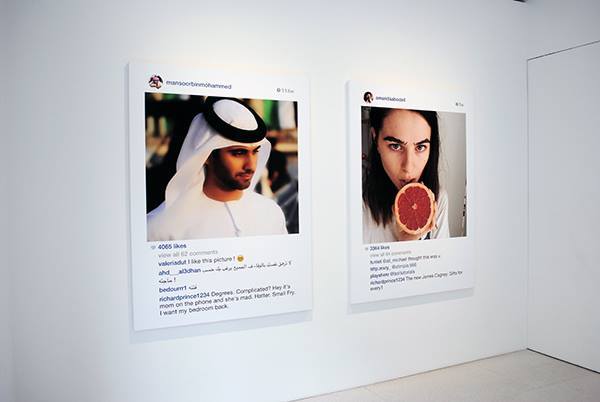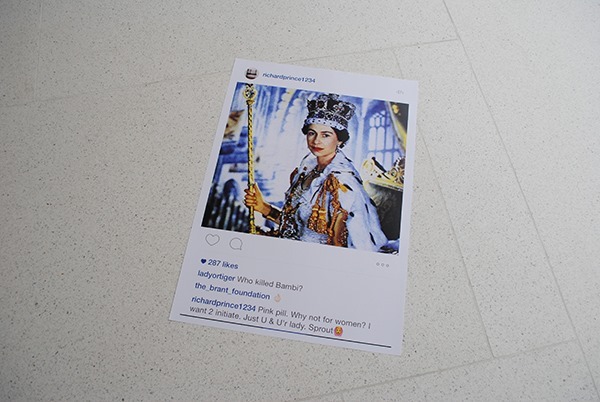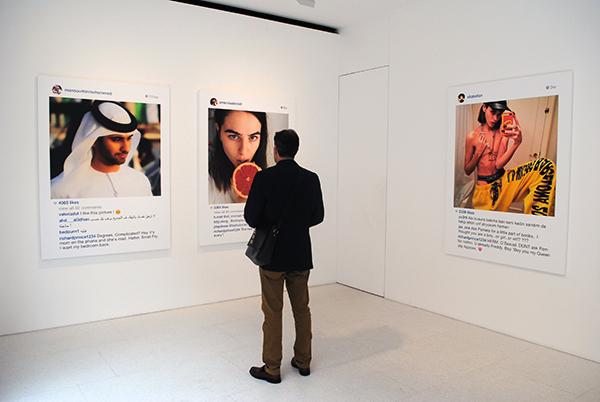Gagosian Gallery Davies Street is currently showing Richard Prince: New Portraits, a collection of appropriated images pulled from unsuspecting Instagramers accounts, including provocative ‘selfies’ and pseudo-glamour shots that decorate the walls of the gallery. The artist has continued his long-standing practice of appropriating images without permission to create his art, in this instance selling the works for around $100,000 each.

This particular practice of ‘image theft’ has been the mainstay of Prince’s practice for many decades. In fact, the artist invented his own conceptual process with the creation of ‘Re- photography’; where Prince would appropriate existing images – often sourced from advertising – and would re-contextualise them by Re-photographing the initial image – a photo of a photo – then subtly re-cropping the work: a practice that would shift the perspective of not only the viewer.

It would seem that this particular act has also shifted the perspective of the courts; in fact there is no way of knowing whether or not the artist is guilty of copyright infringement, despite the fact that the artist has not received permission to use most of the photographs. But the simple fact that Prince has altered the images might help the work meet the requirements of fair use, which – according to the courts – is a suitable defence against the charge of copyright infringement.

But the greatest irony of all – is that a gallery would stringently defend the potential copyright of the artist by strictly controlling the reproduction of Prince’s ‘work’, when in fact the entire premise of it is the reproduction of an appropriated image – around which is the perpetual argument concerning authorship – and whether the images ‘belong’ to the artist at all.
Surely the strict defence of the artist’s alleged copyright actually goes against Prince’s own practice as an artist, the irony being that if a gallery attempts to regulate the dissemination of the artist’s images – they are in fact contradicting the value of the work and arguing ‘for’ the case of those Instagrammers such as Peter Coulson, an Australian fashion photographer, who told The Sydney Morning Herald that he feels “violated” and is considering legal action.

The only way to defend the artist’s long-standing practice of appropriation is to allow others to appropriate the images that the artist has appropriated, otherwise we are left with an argument about value where the gallery is technically decreasing the cultural value of the work, and actually denying that appropriation has a cultural worth, not to mention showing a staggering level of hypocrisy.
Therefore, it is with this principle in mind that Artlyst has published here, its own photographs of Prince’s latest works at Gagosian – and does so in direct support of the artist’s practice. After all where would we be without the practice of appropriation in art? For one thing there would be fewer Warhol’s out there!
Photos: P A Black © 2015

